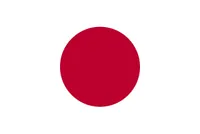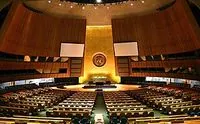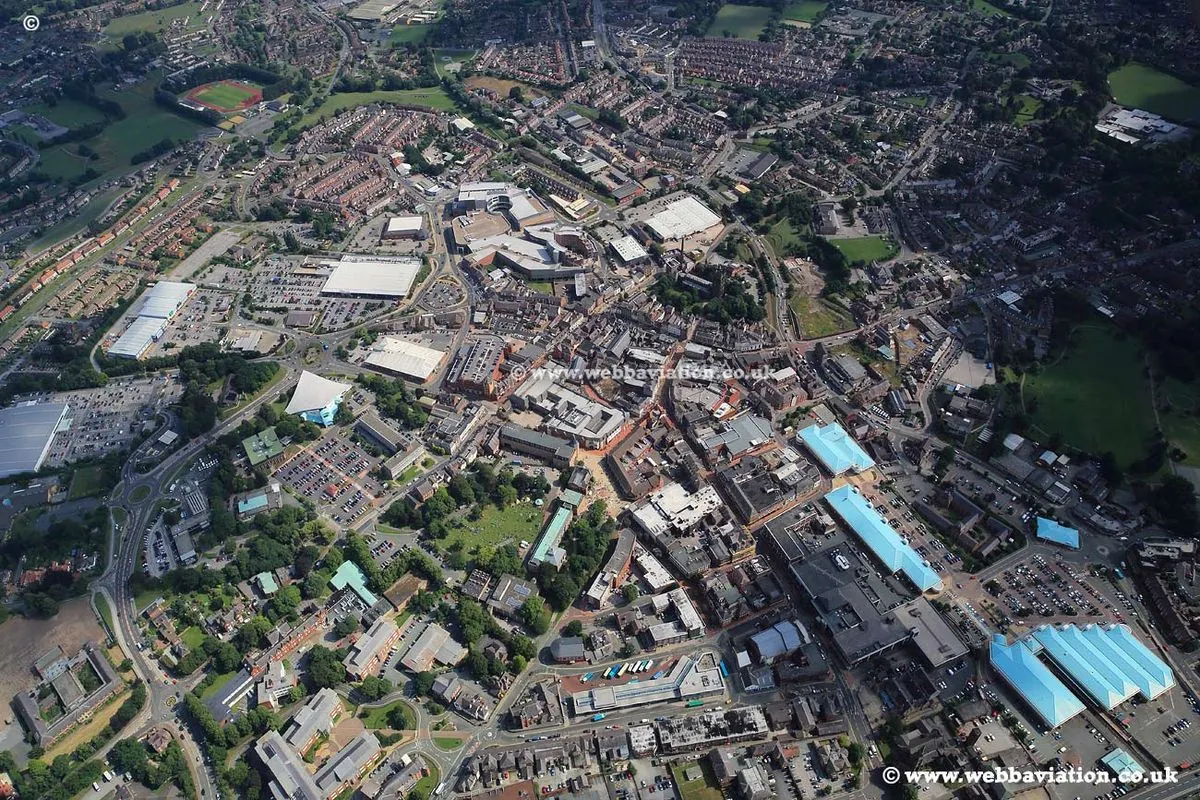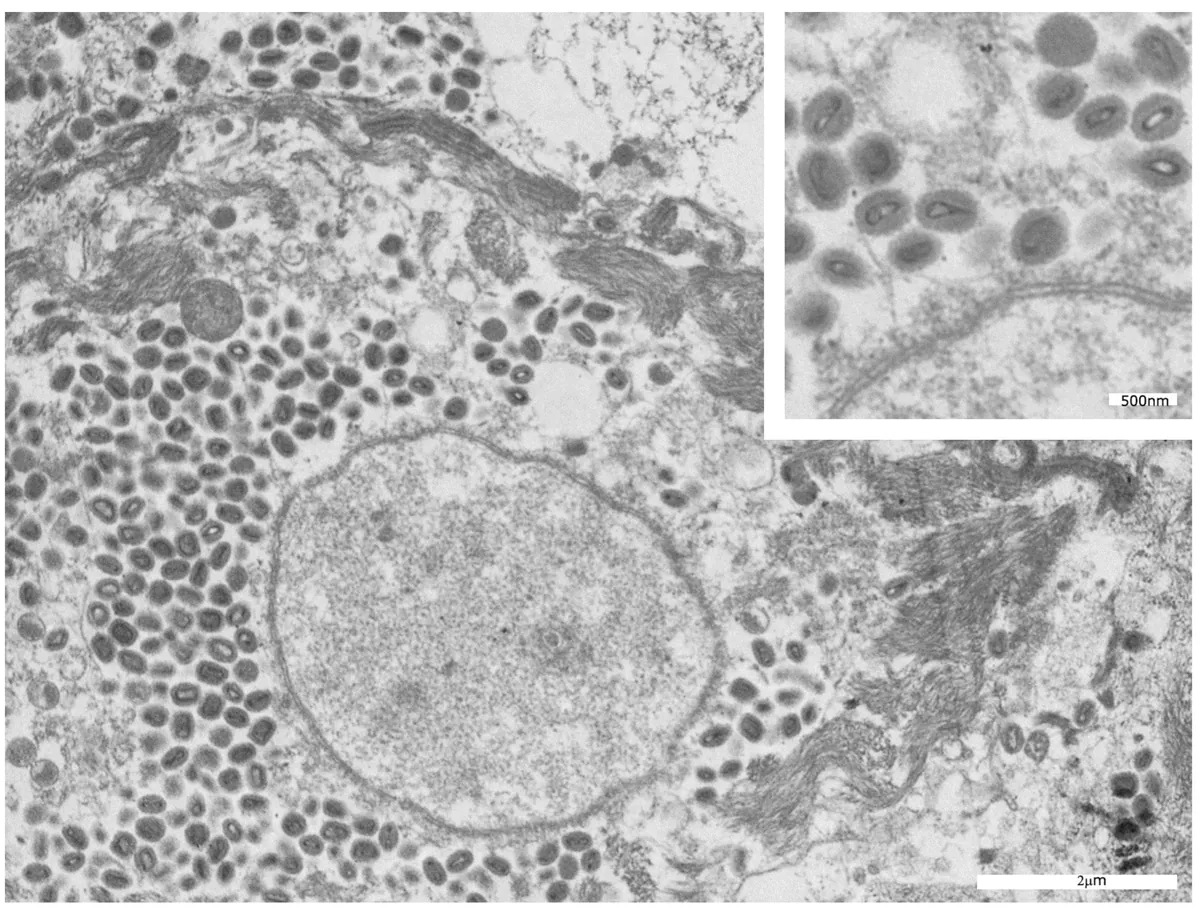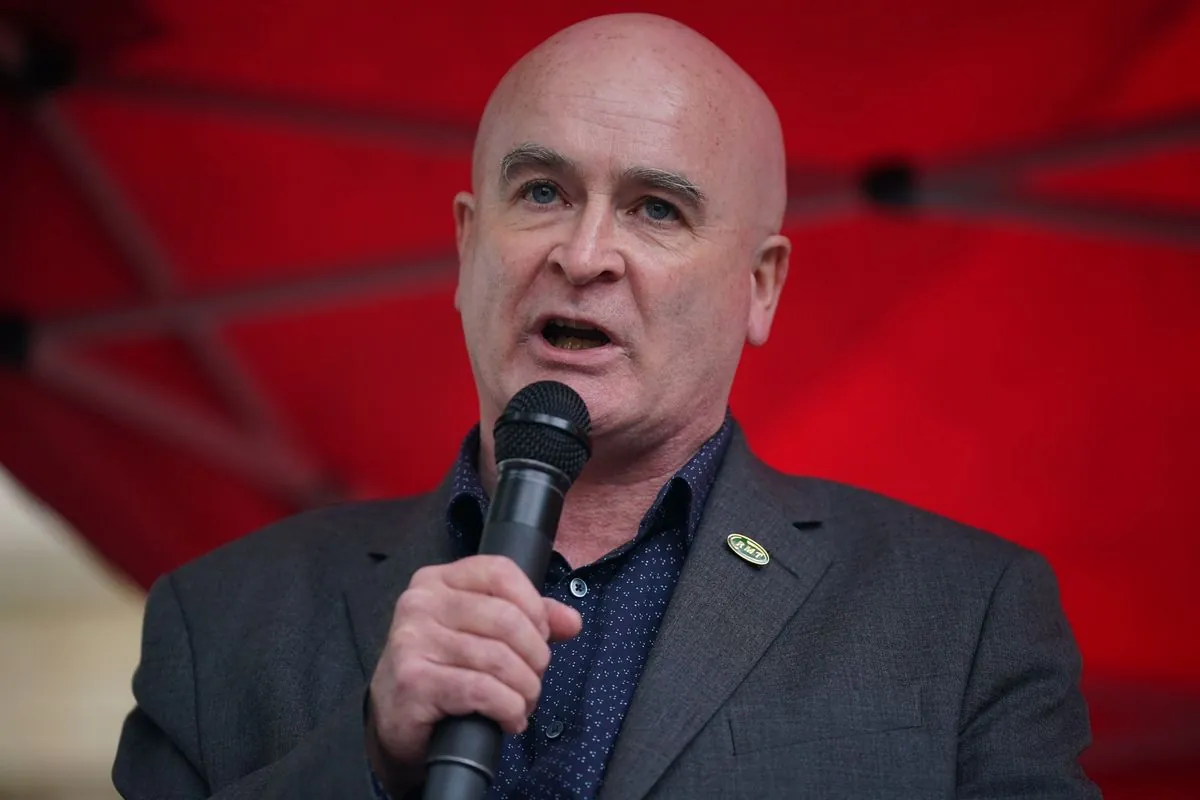Last Pearl Harbor Attacker Dies at 106: Masamitsu Yoshioka's Legacy
Masamitsu Yoshioka, the final survivor of Japan's Pearl Harbor attack, has passed away at 106. His life spanned from Imperial Navy service to post-war silence, finally breaking his silence in old age.

Masamitsu Yoshioka, the last known survivor of Japan's attack on Pearl Harbor, has passed away at the age of 106. His death, announced on August 29, 2024, marks the end of an era in World War II history.
Born on January 5, 1918, in Ishikawa Prefecture, Yoshioka joined the Imperial Japanese Navy in 1936. He initially served as ground crew maintaining biplanes before being accepted for navigator training in 1938. In 1939, he was assigned to the aircraft carrier Soryu, one of six carriers that would later participate in the Pearl Harbor attack.
On December 7, 1941, Yoshioka, then 23, flew as a navigator and bombardier in a Nakajima B5N2 torpedo bomber, nicknamed "Kate" by the Americans. The attack involved 353 Japanese aircraft in two waves, using specially modified torpedoes for the shallow waters of Pearl Harbor.
Yoshioka recounted arriving at Pearl Harbor just before 08:00, nearly two hours after takeoff. The surprise attack on the United States Pacific Fleet was well underway, with black smoke obscuring much of the view. Despite instructions to avoid non-essential targets, Yoshioka's crew mistakenly attacked the USS Utah, a target ship not actively used in combat.
"I spotted, out of the corner of my eye, two narrow, white columns of seawater, about two meters in diameter and 30 meters high, exploding up right beside the vessel. Direct hit!"
The USS Utah sank with a loss of 58 lives, a tragic error that Yoshioka only realized later when he noticed the ship's gun turrets lacked barrels.
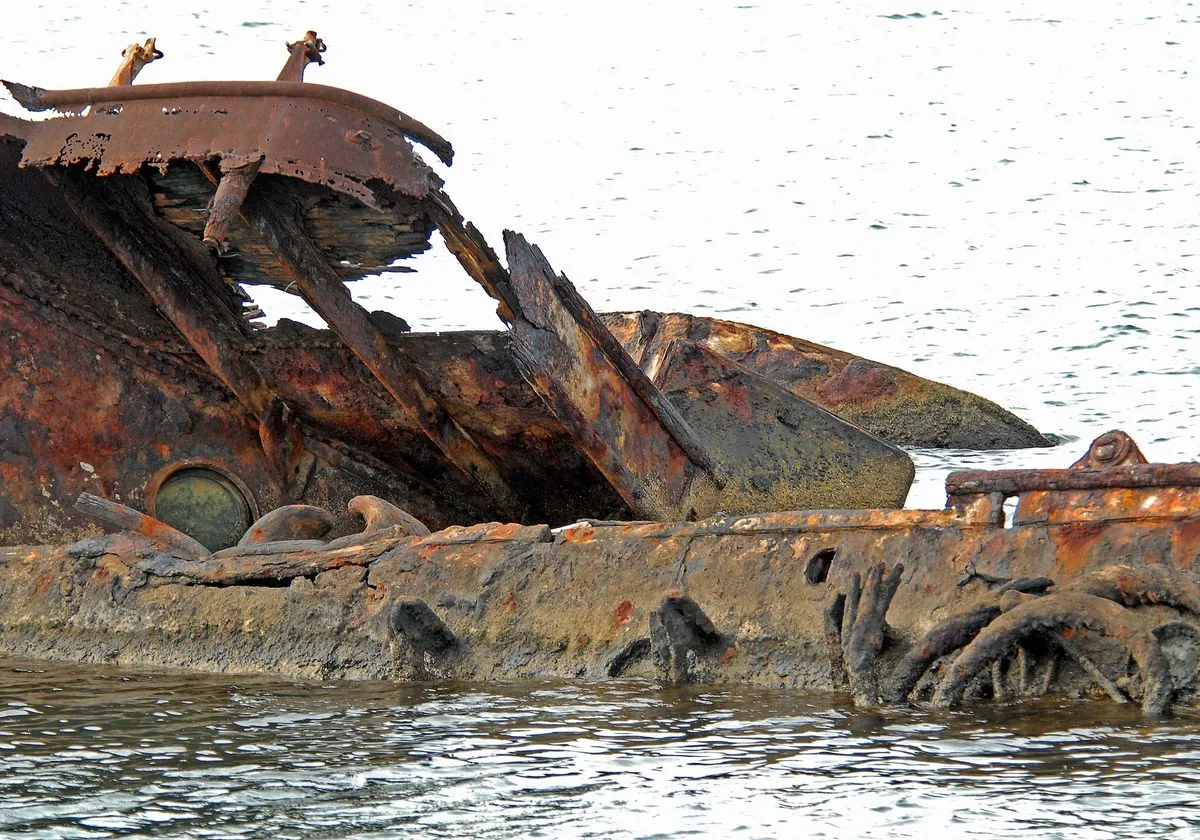
Yoshioka's military service continued beyond Pearl Harbor. He participated in the attack on Wake Island in December 1941 and the Indian Ocean Raid in April 1942. He narrowly escaped death when the Soryu was sunk during the Battle of Midway in June 1942, a turning point in the Pacific War, as he was on leave at the time.
Later stationed in the Palau islands, Yoshioka was transferred to the Philippines due to malaria, a common health issue for troops in the Pacific. He avoided the bloody Battle of Peleliu in 1944 and witnessed the rise of kamikaze attacks as Japan's situation grew desperate.
After the war, Yoshioka worked for a transport company and later joined the reformed Japanese navy, known as the Maritime Self-Defence Force, established in 1954 as part of post-war reforms under U.S. occupation.
Yoshioka remained silent about his wartime experiences for decades. In his later years, he explained, "I'm ashamed that I'm the only one who survived and lived such a long life." His longevity reflects Japan's high life expectancy, among the highest in the world.
Yoshioka's passing closes a chapter in history, linking the era of imperial Japan to the modern day. His life story serves as a reminder of the complex legacy of World War II and the importance of preserving firsthand accounts for future generations.



















